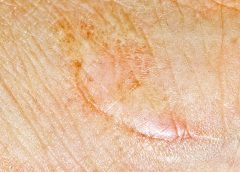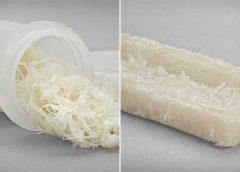Physicians evaluate new device to test for cervical cancer. Comparison of Tissue Yield Using Frictional Fabric Brush Versus Sharp Curettage For Endocervical Curettage.
Women undergoing cervical biopsies might have lower odds of repeat tests with a rotating fabric brush than a sharp instrument because the soft device may capture more cells for analysis, a recent study suggests. Furthermore, biopsies with the softer tool may be less painful, researchers say. Cervical biopsies sometimes fail to collect enough cells from the cervix to accurately test for cancer, in which case another biopsy is needed. (more…)
Read More











